A New Milestone in Bilateral Economic Relations
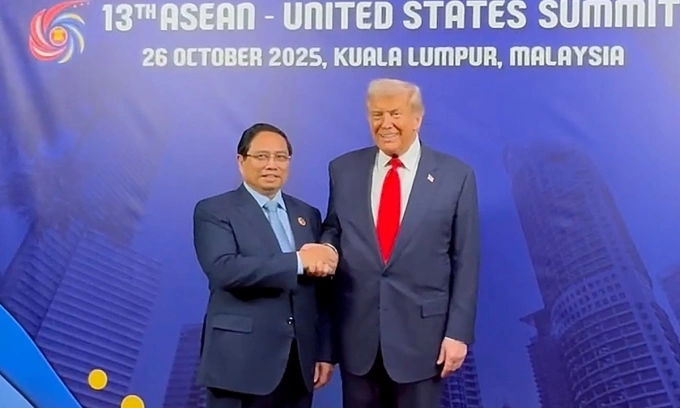
Prime Minister Pham Minh Chinh meets U.S. President Donald Trump on October 26 during the 13th ASEAN–U.S. Summit in Kuala Lumpur, Malaysia. Photo: VNA
On October 26, on the sidelines of the 47th ASEAN Summit held in Kuala Lumpur, Malaysia, Vietnam and the United States officially announced a Joint Statement on the Reciprocal Trade Agreement (RTA). The announcement represents a significant milestone in the long-standing economic partnership between the two nations and demonstrates a shared commitment to fostering fair, balanced, and sustainable trade relations.
This marks the first time both countries have jointly defined a framework specifically designed to promote mutual market access, reduce trade barriers, and enhance transparency in bilateral trade activities. The RTA is viewed as a concrete step toward deepening economic integration and strengthening supply chain connectivity between Vietnam and the United States, particularly in high-value sectors such as manufacturing, agriculture, and aviation.
Key Commitments Under the Reciprocal Trade Agreement
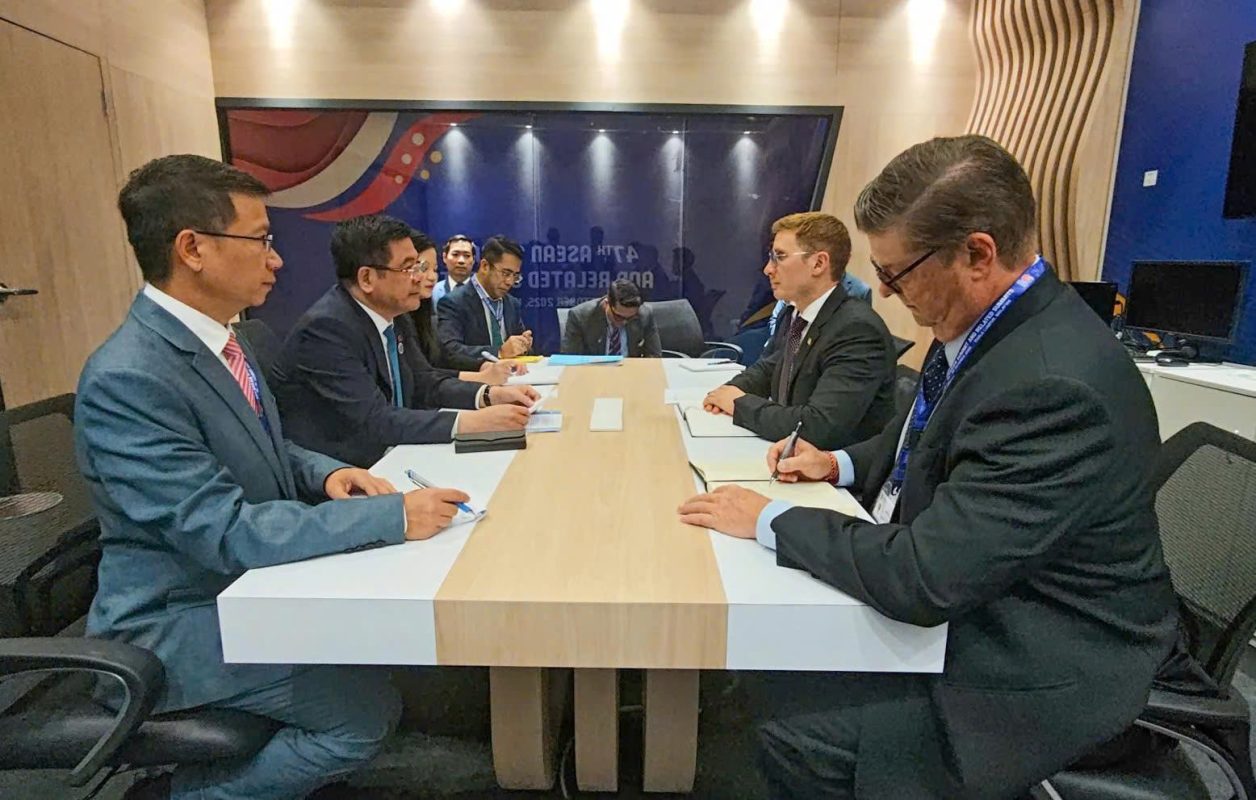
On October 26, Minister Nguyen Hong Dien met with U.S. Under Secretary Jacob Helberg to push forward the signing of the Reciprocal Trade Agreement
Under the new Reciprocal Trade Agreement (RTA) framework, the United States will reduce tariffs on Vietnamese goods from 46% to 20% and consider applying zero tariffs on selected products with strong export potential. This move aims to enhance Vietnam’s competitiveness in the U.S. market and encourage greater participation of Vietnamese manufacturers in global value chains.
In return, Vietnam will expand market access for U.S. industrial and agricultural goods, offering improved trade conditions for American exporters and investors. The two sides emphasized the importance of maintaining a fair and balanced trade environment, ensuring that both economies benefit equitably from the agreement.
Furthermore, both countries committed to addressing non-tariff barriers that have long hindered trade flows, such as licensing and certification procedures. They also agreed to simplify regulatory processes for agricultural products, pharmaceuticals, and medical equipment, enabling smoother customs clearance and faster market entry. These measures are expected to boost two-way trade, strengthen business confidence, and promote a more transparent, predictable, and sustainable trade environment between Vietnam and the United States.
Major Deals and Future Outlook
Notably, the announcement of the Reciprocal Trade Agreement (RTA) coincided with several major commercial deals that underscore the growing scale of Vietnam–U.S. economic cooperation. Vietnam Airlines signed a landmark contract to purchase 50 Boeing aircraft worth over USD 8 billion, marking one of the largest aviation agreements ever between the two countries. This deal not only strengthens Vietnam’s aviation capacity but also reflects the expanding role of U.S. high-tech manufacturing in Vietnam’s development strategy.
In addition, businesses from both nations concluded 20 Memoranda of Understanding (MOUs) on the purchase and distribution of U.S. agricultural products, with a total value of approximately USD 2.9 billion. These agreements highlight the strong potential for growth in the agri-trade sector, particularly in high-demand products such as soybeans, corn, and dairy.
Both governments are now working closely to finalize the technical details of the Reciprocal Trade Agreement, with the official signing expected in the coming weeks. Once enacted, the RTA is anticipated to open a new chapter in Vietnam–U.S. trade relations, fostering fair, sustainable, and mutually beneficial cooperation, while laying the foundation for deeper economic integration in the Indo-Pacific region.
Source: Vnexpress
30/10/2025
 info@mplogistics.vn
info@mplogistics.vn (+84) 28 3811 9033
(+84) 28 3811 9033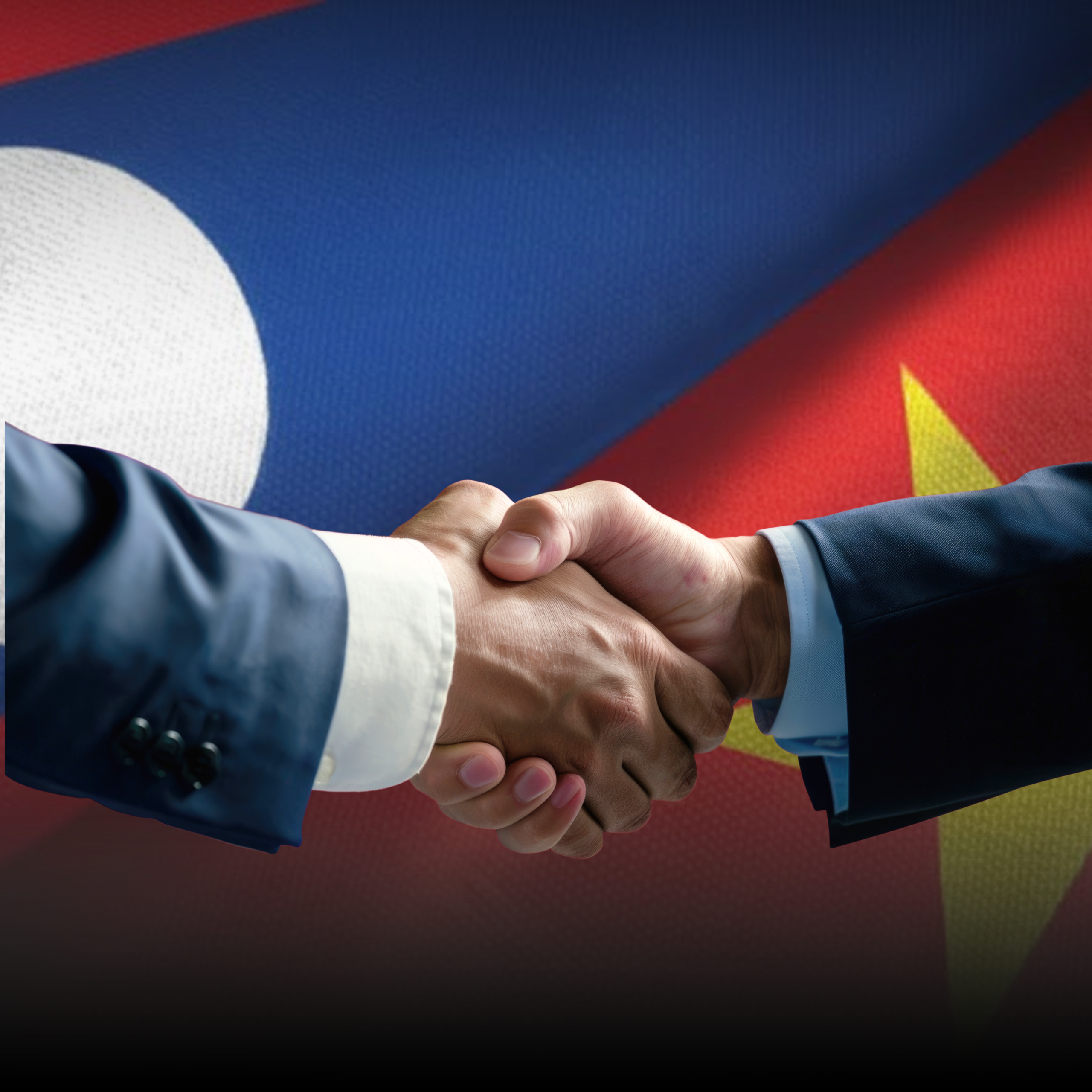
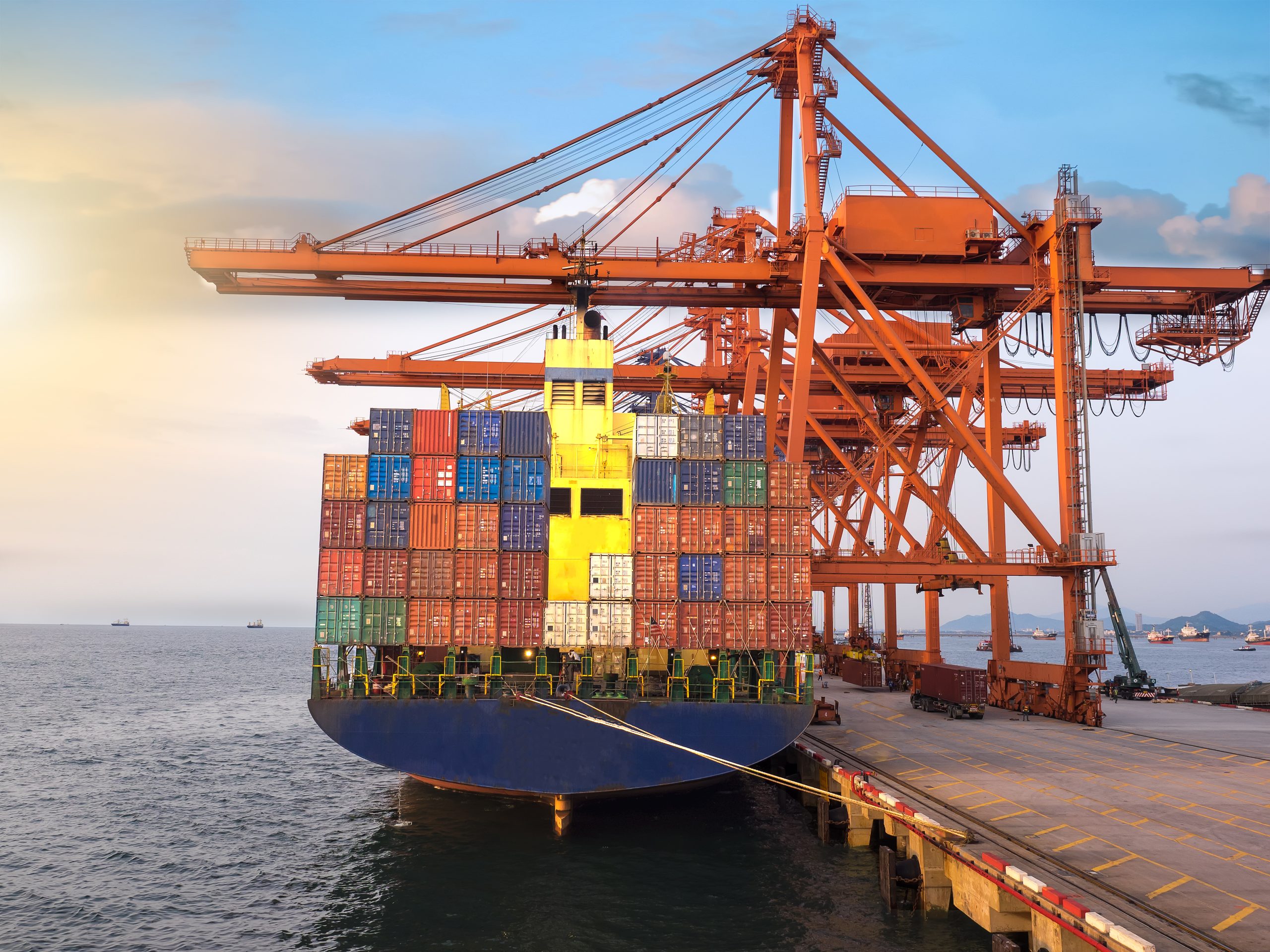

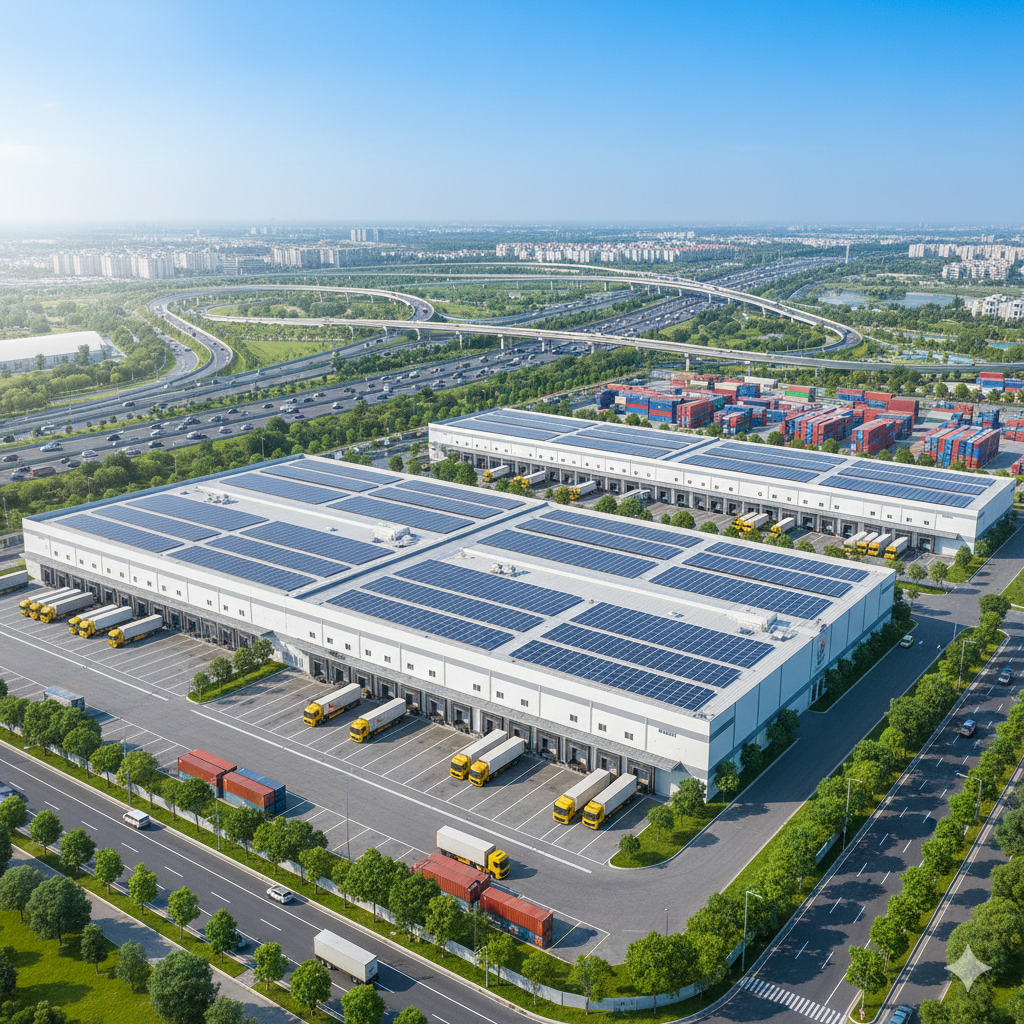

 VN
VN